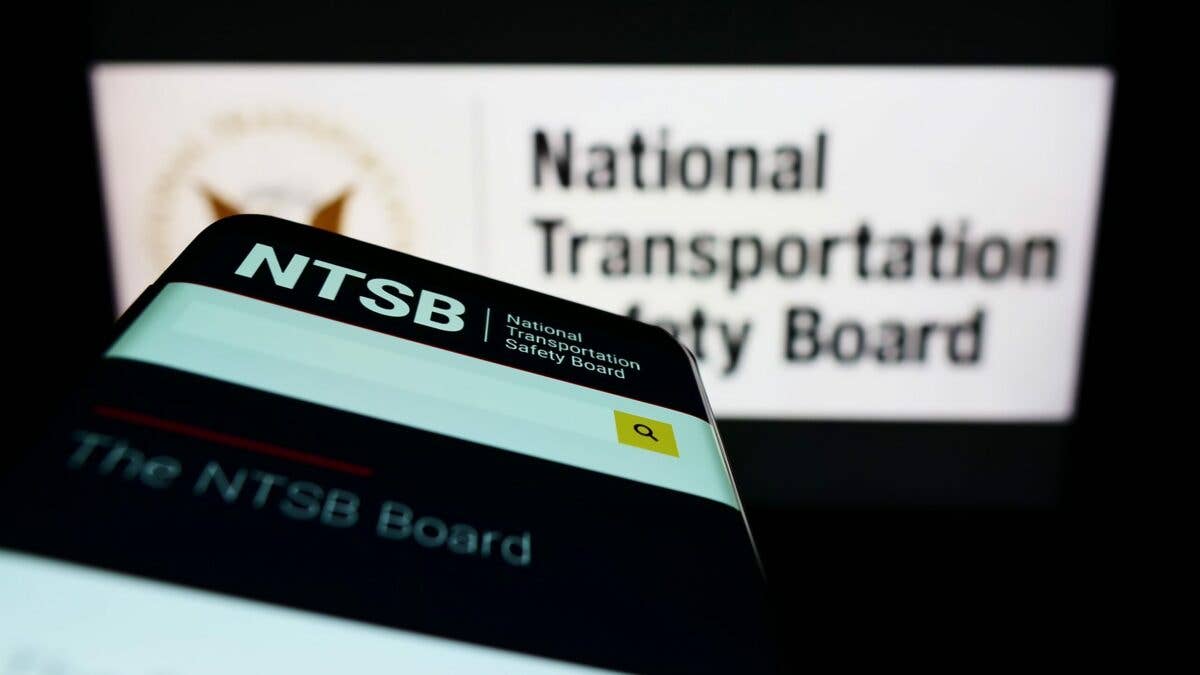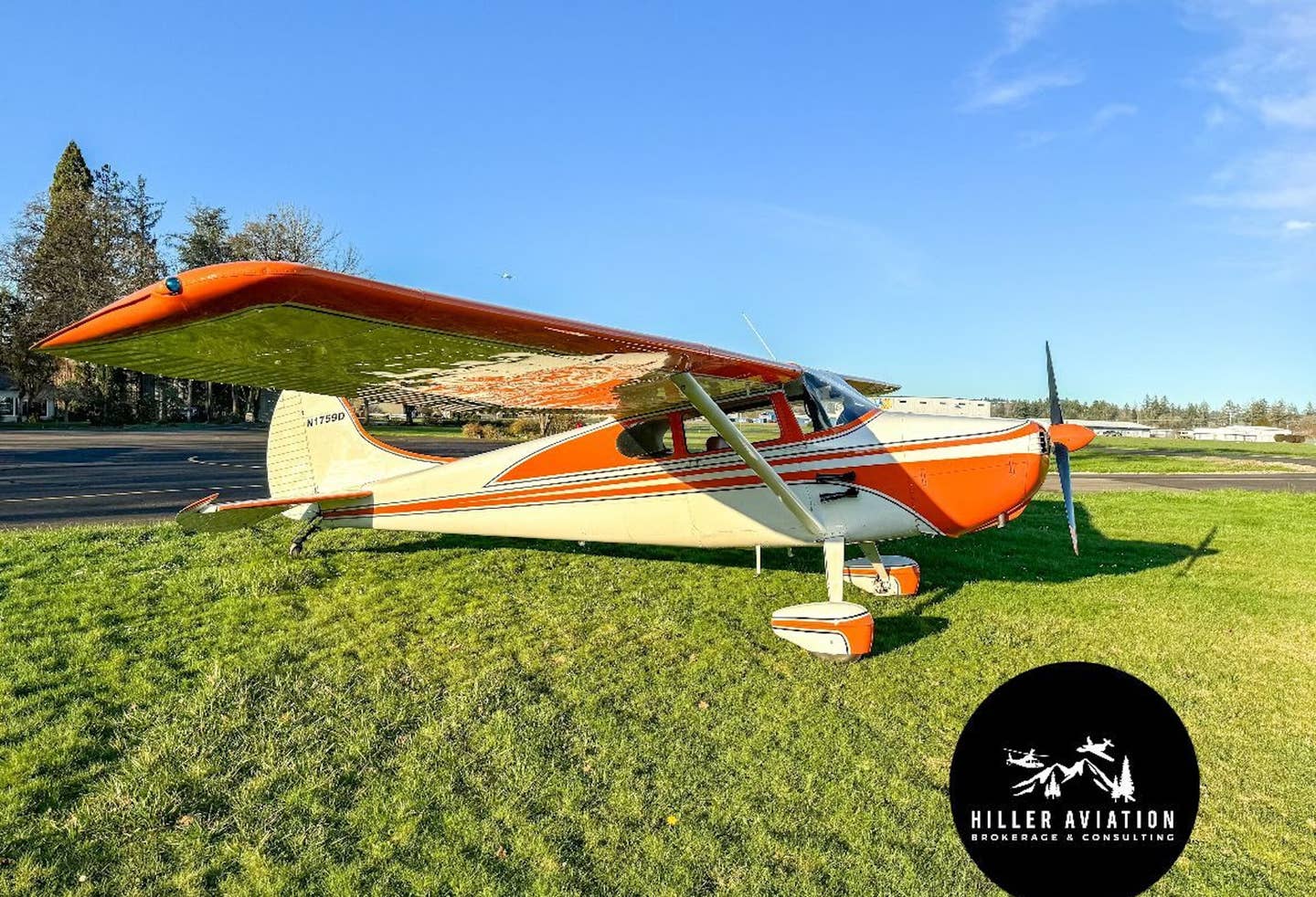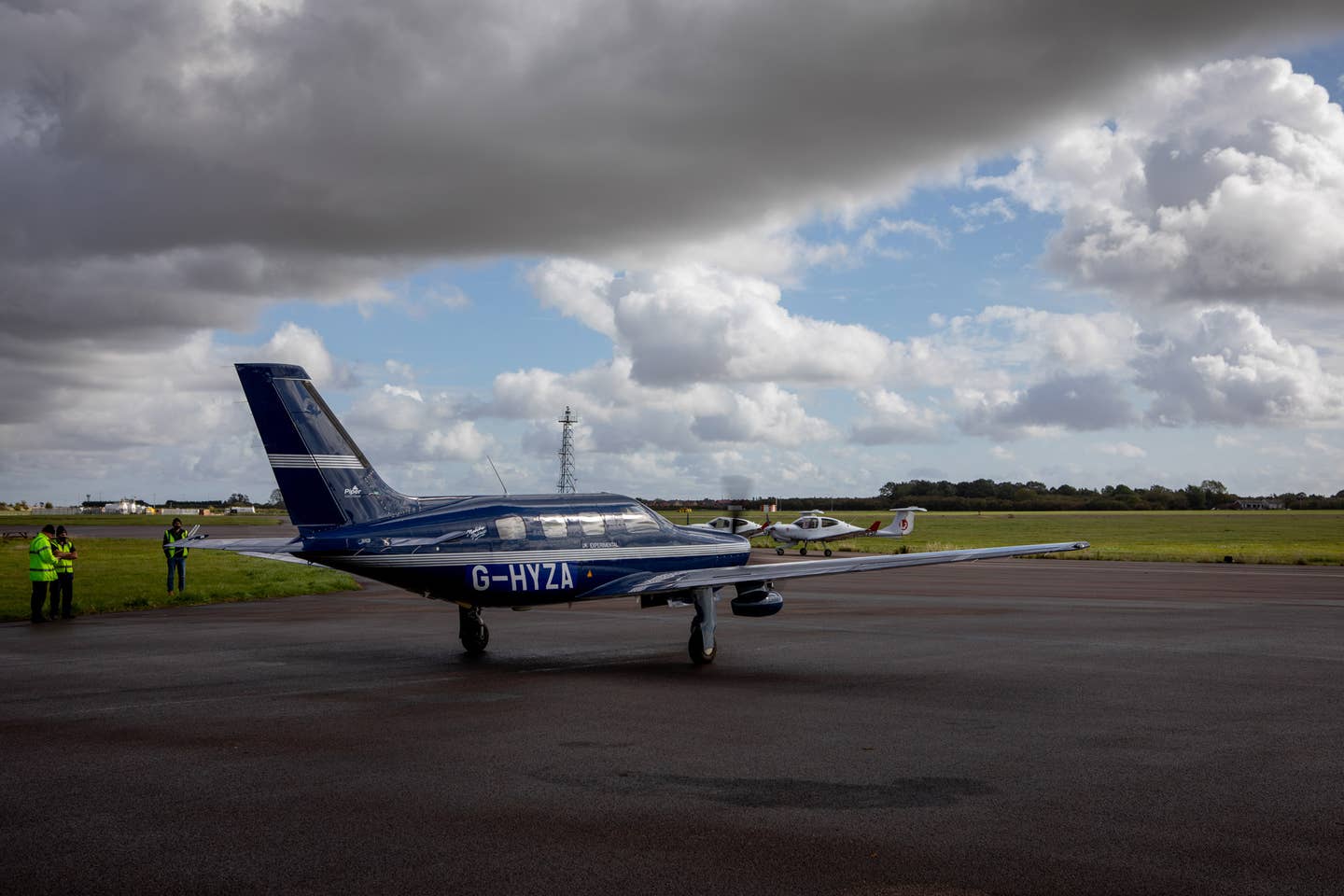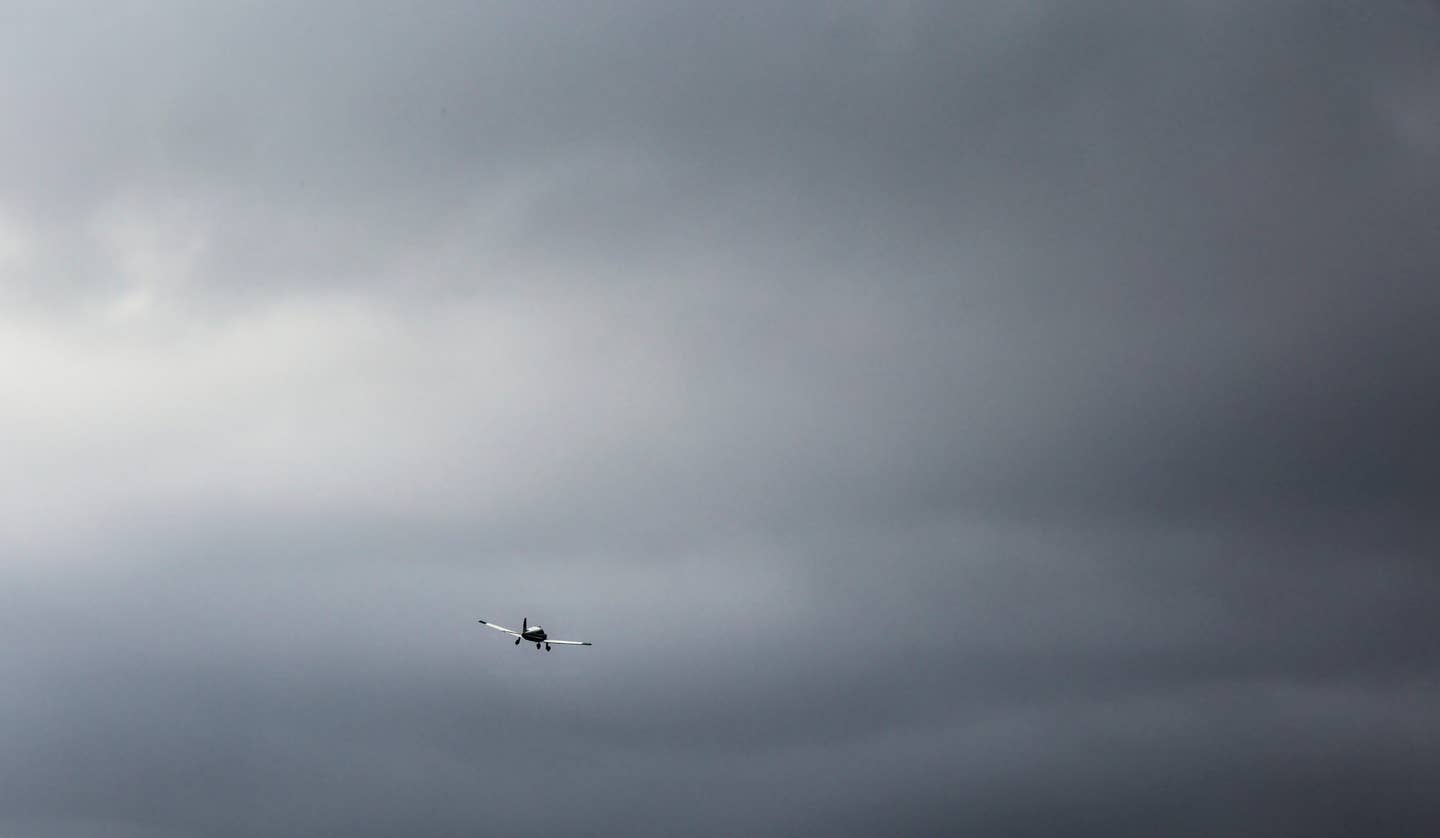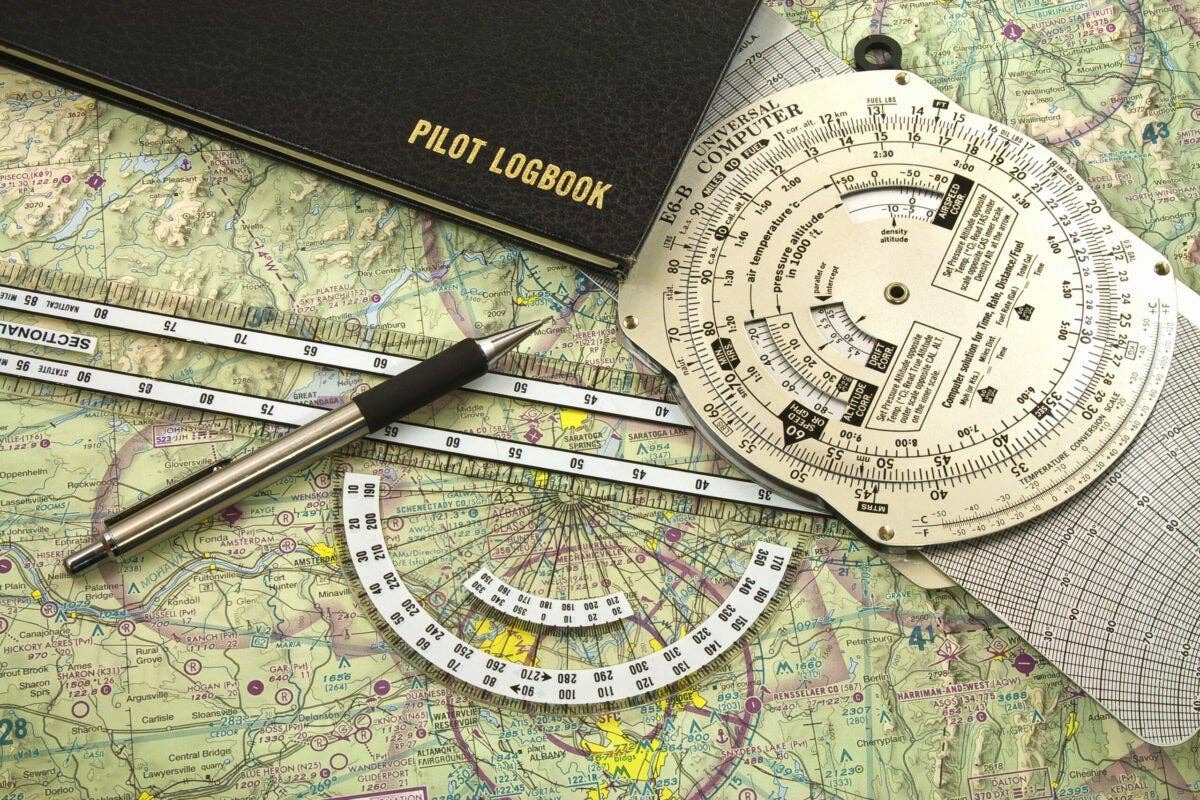Keeping an Eye on the Storm
A wild hurricane season could be ahead this year.

The Atlantic hurricane season officially began June 1 and runs through November 30. [Adobe Stock]
Hurricane season is here.
The Atlantic hurricane season officially began June 1 and runs through November 30. While the National Oceanic and Atmospheric Administration (NOAA) has not released its official forecast for 2024 as of this writing, in an average Atlantic hurricane season the U.S. experiences 14 named storms, seven of which are hurricanes and three are major hurricanes.
If you're not already a subscriber, what are you waiting for? Subscribe today to get the issue as soon as it is released in either Print or Digital formats.
Subscribe NowBuckle up. Given the likely return of La Niña (one of three phases of the El Niño-Southern Oscillation) and record warm sea surface temperatures in February as heated as we see in mid-July, this is not good news if you were hoping for just a mediocre season. If you live and fly anywhere along the Atlantic coastal plain or the Gulf of Mexico, here’s how you can prepare for what may be a wild hurricane season.
Even though hurricane season peaks on September 10, the tropics will begin to see increased activity during the months of June, July, and August as sea surface temperatures increase and the jet stream migrates north into Canada, creating a more favorable breeding ground in the tropics. During this time, what are called tropical waves will develop in the Atlantic Ocean, Gulf of Mexico, and Caribbean Sea, forming in the tropical easterlies (winds moving from east to west). A weak area of low pressure with a closed circulation called a tropical depression may develop along one of these waves.
- READ MORE: The Ins and Outs of Pilot Weather Reports
If conditions are favorable, such as the presence of weak atmospheric wind shear over relatively warm waters, then convection can organize and strengthen into a tropical storm. Once it reaches tropical storm criteria, the National Hurricane Center (NHC) will give the storm a name. The first named storms of 2024 were Alberto and Beryl, with Chris, and Debby to follow. If you recognize a few of these names, be aware that the list is recycled every six years. The NHC points out that a name is removed from the list only “if a storm is so deadly or costly that the future use of its name for a different storm would be inappropriate for reasons of sensitivity.”
Saffir-Simpson Scale
Let’s become familiar with the Saffir-Simpson Hurricane Wind Scale. This scale from 1 to 5 was introduced in the early 1970s by the NHC, using estimates of peak wind, storm surge, and minimum central pressure to describe the destruction from both water and wind for tropical cyclones making landfall.
The Saffir-Simpson scale was simplified in 2010 to be solely determined by a one-minute-average maximum sustained wind at a height of 10 meters (33 feet) above ground level. Once a tropical cyclone reaches hurricane strength (sustained wind speed of 64 knots or greater), it is assigned a category, with a Category 1 hurricane being the weakest and a Category 5 hurricane being the strongest (sustained wind speed of 137 knots or greater). There has been some interesting discussion lately to expand this open-ended scale from 5 to 6 categories given that some of the strongest Category 5 hurricanes are well above that minimum threshold and may not truly capture the potential destruction. This change, however, is unlikely to occur any time soon.
- READ MORE: How to Wrap Your Head Around Weather
Next, you should become familiar with the NHC website, where you will find all of the official guidance published by NOAA. Each named storm, tropical depression, and tropical disturbance will be tracked along with public advisories, such as watches and warnings (e.g., hurricane watch) based on the threat to people and property. You’ll also find a public discussion for the tropics when there are no named storms and a discussion for each system being tracked.
Hurricane Graphics
One product that is ubiquitous during hurricane season is the tropical cyclone forecast cone graphic. This is designed to depict the expected track, location, and strength of the tropical cyclone over the next five days. It also shows the cone of uncertainty.
According to the NHC, “the cone represents the probable track of the center of a tropical cyclone where the entire track can be expected to remain within the cone roughly 60-70 percent of the time.” Of course, the cone tends to get wider with forecast lead time. In other words, there’s more certainty with a forecast that is valid in 48 hours (smaller cone) versus one that is valid in 120 hours (larger cone).
Currently, the graphic only includes those watches and warnings along coastal regions. Starting in 2024, the NHC will be issuing an experimental tropical cyclone forecast cone graphic that also includes inland tropical storm and hurricane watches and warnings in effect for the contiguous U.S. Recommendations from social science research suggest that the addition of inland watches and warnings to the cone graphic will help communicate inland wind risk during tropical cyclone events while not overcomplicating the current version of the graphic with too many data layers.
Electrification of Hurricanes
It’s probably not a surprise to hear that a healthy squall line moving through the Midwest can generate lightning at a rate of more than one strike per second for an extended period of time. But what about in a tropical storm or hurricane? You might be astonished to learn that, on average, a hurricane rarely produces more than a single lightning strike every 10 minutes. While there are some hurricanes and tropical storms that are highly electrified (especially when making landfall), don’t let your guard down—many are not.
No GA pilot is going to fly through the center of a tropical storm or hurricane on purpose. There’s typically plenty of advance warning from the NHC on the location and track of these powerful weather systems. However, once the tropical system makes landfall and weakens, how safe is it to fly through some of the precipitation remnants of the storm? A dissipating tropical system over land can contain some nasty convective turbulence and even small EF0 and EF1 tornadoes. Consequently, it is not unusual for the Storm Prediction Center (SPC) to issue a tornado watch for most tropical systems making landfall.
The precipitation signature as depicted on a ground-based radar mosaic associated with tropical cyclone remnants may not look too threatening to the average pilot.
First, it is often void of lightning, unlike what you might see with other convective outbreaks. Also, the automated surface observations in the area may only include +RA for heavy rainfall. In other words, you may not see +TSRA implying lightning exists as well as rain. Second, the ground-based radar mosaic may not have much of a true cellular structure with high reflectivity gradients that we often see with other deep, moist convection.
Despite the lack of lightning and a relatively benign-looking radar image, tropical system remnants should be treated as if they were that intense squall line in the Midwest. After such a tropical system makes landfall and begins to rapidly dissipate into a tropical depression or extra-tropical cyclone, it will move inland carrying similar risks.
This is evidenced by the remnants of Hurricane Katrina in 2005. This was a powerful storm that made landfall as a strong Category 3 hurricane at the end of August near New Orleans and moved north into the Tennessee and Ohio valleys as it dissipated.
Even after the storm was declared as extra-tropical, tornado watches were issued just to the east of Katrina’s track along the central and southern Appalachian Mountains and into the Mid-Atlantic. It is important to understand that the lack of lightning does not imply the lack of dangerous convective turbulence.
In order for lightning to form within deep, moist convection, three ingredients must be present in the right location of the cloud. This includes ice crystals, supercooled liquid water, and a “soft hail” particle called graupel.
Updrafts in tropical systems are actually quite limited, usually no more than 1,500 feet per minute. These updrafts are far from upright, owing to the strong horizontal wind shear present. According to hurricane researcher Dr. Robert Black, “while there is some presence of electrical fields, the graupel-liquid water-ice combination turns out to be at the wrong place at the wrong temperature and in insufficient volume to give the spatial charge distribution to produce a lightning discharge.”
In layman’s terms, little supercooled liquid water gets carried high enough to the level necessary to electrify the cloud. This continues to be true even after the tropical system makes landfall and dissipates inland.
The most serious electrification occurs in the outer rain bands as they spiral outward from the center of the storm. These can often look a lot like that Midwest frontal convection. Most convective cells along that squall line in the Great Plains or Midwest often move in a northeasterly direction based on the shift of the air mass and the winds aloft.
However, this may not be the case for these tropical cyclone bands. You may find these cells moving in a northerly or even westerly motion depending on the track of the tropical system.
Remain Outside of the Northeast Quadrant
If you split the storm into four quadrants based on its forward movement, the most intense atmospheric shear occurs in the northeast quadrant. This is typically where you will find the highest storm surge at landfall and where tornado watches are usually issued. As the system makes landfall, moves inland, dissipates, and becomes extra-tropical, you will find the northeast quadrant should be strictly avoided.
As we make our way through hurricane season this year, keep a close eye on the tropics and heed the guidance from the NHC. Even weak storms making landfall can add significant hazards for most aircraft. The convection associated with these storms is not the normal kind we experience during the warm season. Therefore, you can’t assume that the same ground-based signatures you might steer away from with normal convection will be present with this tropical convection.
Last, but not least, don’t use the lack of lightning to be your guide to determine what precipitation is safe to fly through. Assume there is ample wind shear in the atmosphere regardless of how it appears on radar. It may prove not to be a fair match for your aircraft or skill set.
This feature first appeared in the May 2024/Issue 948 of FLYING’s print edition.

Sign-up for newsletters & special offers!
Get the latest FLYING stories & special offers delivered directly to your inbox


